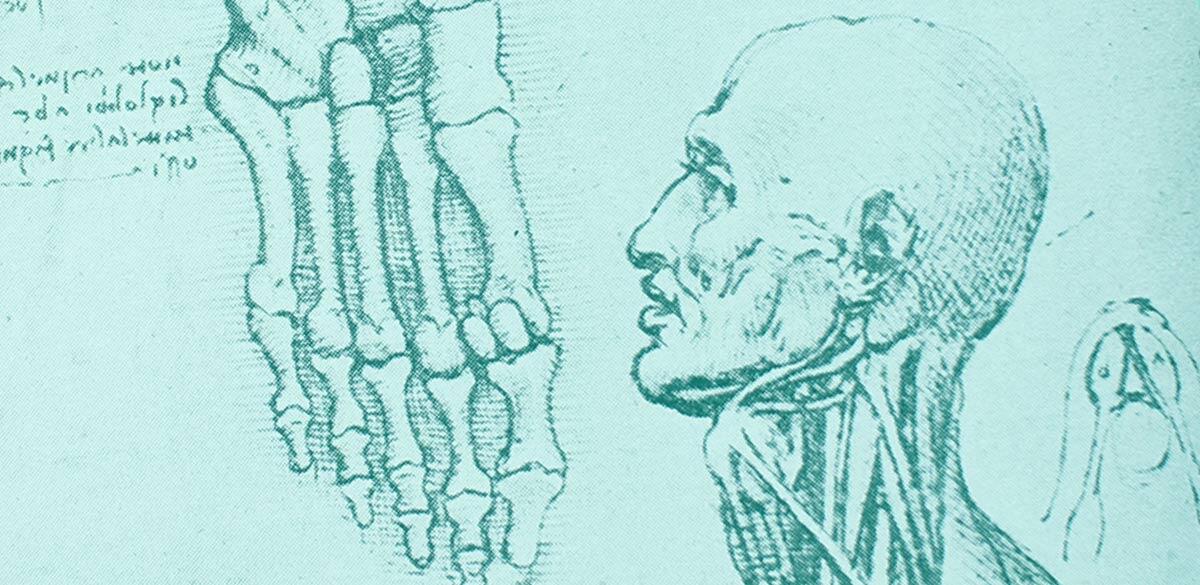The Future of Health Wearables: Key Trends to Watch
August 21, 2025 6 min read

A decade ago, wearables were glorified pedometers. You wore one to track your steps, your sleep (if the battery didn’t run out), and maybe your heart rate. That was about it.
Fast forward to 2025, where AI-powered wearables can predict illness before symptoms appear, detect stress in real time, and even run clinical-grade diagnostics — all from your wrist. Wearable devices are evolving into personalized health companions. Less passive tracker. More proactive advisor.
Wearables are big business. In 2024, nearly 538 million wearable devices were projected to ship worldwide, according to the International Data Corporation — a 6.1% increase over the previous year.
Driving this trend are advances in sensors, edge AI, continuous biometric data, and new revenue models that have expanded what wearables can do. But it’s three broader trends that define the new era:
- Devices moving from trackers to predictors
- The shift from hardware sales to subscription ecosystems
- Once-bulky devices designed to disappear into daily life
Together, these shifts are transforming wearables into essential parts of healthcare and wellness, reshaping how people use them and how teams build them.
Wearables That See Into the Future
Wearables used to collect data about the past: Steps walked, hours slept, and average heart rate. AI is rewriting that model. Clinicians may not have a crystal ball, but with continuous biometric streams and edge processing, they can use device-generated data to anticipate much of what comes next.
The predictive power of wearables is already having a real-world impact. In a trial published by Frontiers in Neurology, the FDA-cleared Embrace device detected convulsive seizures with up to 98 percent sensitivity. That kind of precision shows how quickly wearables are moving from wellness gadgets to trusted clinical tools.
The applications of predictability are wide-reaching. A 2025 study in the American Journal of Preventive Cardiology showed that combining machine learning and everyday fitness tracker data—steps, sleep, and heart rate—can help forecast hospitalizations and new cardiovascular diagnoses. The research suggests wearable data can deliver early warnings for major events and enable more proactive and preventive care.
What Does This Mean for Development Teams?
Breakthroughs in predictive AI are raising the bar for health tech developers. The systems they build now carry clinical weight, which means precision, privacy, and trust are just as important as speed and scale. To meet that standard, teams need to think differently about how they design and deliver wearables:
- Edge AI at the center: Models must run directly on devices for speed and privacy, which requires new skills in lightweight model design and hardware-aware engineering.
- Built to clinical standards: Predictive wearables must meet the high reliability, testing, and validation requirements of regulated medical devices.
- Privacy and trust: Handling sensitive health data requires strong encryption, consent management, and experiences that patients and clinicians can rely on.
- Designed with users in mind: Predictions only matter if they’re actionable. Developers need to design clear alerts that clinicians trust and patients understand.
- Continuous evolution: Algorithms have to move as fast as medical knowledge does. Teams must support retraining, remote updates, and ongoing monitoring to keep predictions accurate.
Subscription Models Keep Wearables Relevant
People expect their health-related tools to provide ongoing guidance, accountability, and even community. That’s a big shift from the early days of wearables, when the business was built on hardware that often ended up in a drawer. Today, value comes from services and connected experiences that keep people engaged over time. Subscriptions are the model that makes that possible.
Health tech companies are already leaning in. Oura ties its $5.99 monthly subscription to features like illness detection, recovery scores, and sleep coaching, turning the ring into an ongoing health service rather than a one-off gadget. Fitbit Premium and Apple Fitness+ take a similar approach, layering recurring services on top of devices to deliver insights, workouts, and wellness programs that keep people coming back. Insurers are experimenting, too. They’re subsidizing wearables when subscribers share continuous health data, effectively adding these devices to the healthcare system.
The real stickiness of subscriptions, however, is in personalization. Tailored recommendations, adaptive goals, and AI models that learn from each user’s patterns can make the experience feel unique and increasingly indispensable. The more a device learns, the more valuable it becomes. That feedback loop is what locks in long-term relevance.
What Does This Mean for Development Teams?
The subscription trend changes what success looks like in healthcare app development. Instead of one-off releases, teams are maintaining living platforms that adapt and deliver value every day. This requires a new approach to how features are designed, rolled out, and improved over time:
- Continuous delivery: Subscriptions demand constant evolution. Teams need to roll out frequent updates, new features, and improvements based on real-world engagement.
- Personalization at scale: AI models must adapt to each individual’s health patterns, tailoring recommendations and goals through robust data pipelines and real-time insights.
- Retention-driven metrics: Success is measured in engagement, not installs. Development now requires rapid experimentation, A/B testing, and fine-tuning to keep users subscribed.
- Integration with health ecosystems: As insurers and providers bring wearables into care models, teams must design for interoperability, compliance, and seamless API connections.
- Reliability and trust: Ongoing services depend on confidence. That means clinical-grade uptime, secure architectures, and transparent handling of sensitive health data.
Cutting-Edge Wearables Don’t Look Like Devices
The future of wearables is health tech that disappears into the background. Devices are getting smaller, smarter, and more integrated, shifting from something you put on to something you hardly notice.
Wearables are already becoming less like gadgets and more like the fabric of daily life. WHOOP is weaving sensors into apparel so performance tracking disappears into what you wear. MindMics is turning earbuds into health monitors, using in-ear acoustics to track heart rate, breathing, and stress in real time. The Abbott FreeStyle Libre 3, an FDA-cleared glucose patch, delivers two weeks of continuous monitoring without finger pricks or bulky gear.
The endpoint may be devices you don’t even need to wear. Companies like Profusa are developing injectable biosensors made of soft hydrogel that sit just under the skin, integrating with tissue to continuously measure body chemistry for years. For chronic disease management or preventive care, that shift could redefine what it means to “wear” technology.
For users, this trend means deeper health insights with less effort. For healthcare providers and insurers, it means a steady stream of data without the compliance hurdles of bulky devices.
What Does This Mean for Development Teams?
As wearables shrink and evolve, the challenge for developers is to build technology people barely notice but still rely on every day. That shift demands new ways of thinking about design, data, and trust:
- Design across form factors: Health tech is no longer just watches and phones. Code and models need to flex for devices that blend into clothing or sit under the skin.
- Make sense of continuous data: These devices generate nonstop streams, from movement and heart rate to body chemistry. Developers have to turn that into meaningful insights — and in real time.
- Engage without interruption: When devices disappear, so do screens and prompts. The job now is delivering guidance that feels natural, useful, and unobtrusive.
- Build to clinical standards: Invisible doesn’t mean casual. Patches and implants raise the bar for reliability, regulation, and security. The software has to be as trustworthy as the hardware.
- Think in ecosystems: Wearables are becoming part of a larger health infrastructure. That means building for interoperability, open APIs, and integrations with providers and insurers.
The Future of Wearables Runs on AI
AI is pushing wearables from simple trackers to true health tools. It takes raw streams of data from movement, sleep, and biometrics and turns them into signals about what might happen next. Algorithms adapt in real time, offering personalized recommendations instead of generic advice. Edge AI brings this even closer to the user, increasing speed while maintaining privacy. The result is devices that feel less like accessories and more like essential parts of how people manage their everyday health.
For health tech companies, the implications are huge. These shifts redefine how products are designed, how value is delivered, and what skills teams need at scale. The next generation of wearables will depend as much on AI engineering, secure software, and clinical-grade reliability as they do on industrial design or hardware innovation.
The winners of this emerging chapter of digital health? Teams that can fuse AI with wearables at scale.
Ready to explore how AI is transforming health tech and what that means for your teams? Download Healthcare App Development: Your Essential Guide to explore the trends shaping the future of health tech — and the opportunities for those ready to build it.
TABLE OF CONTENTS



